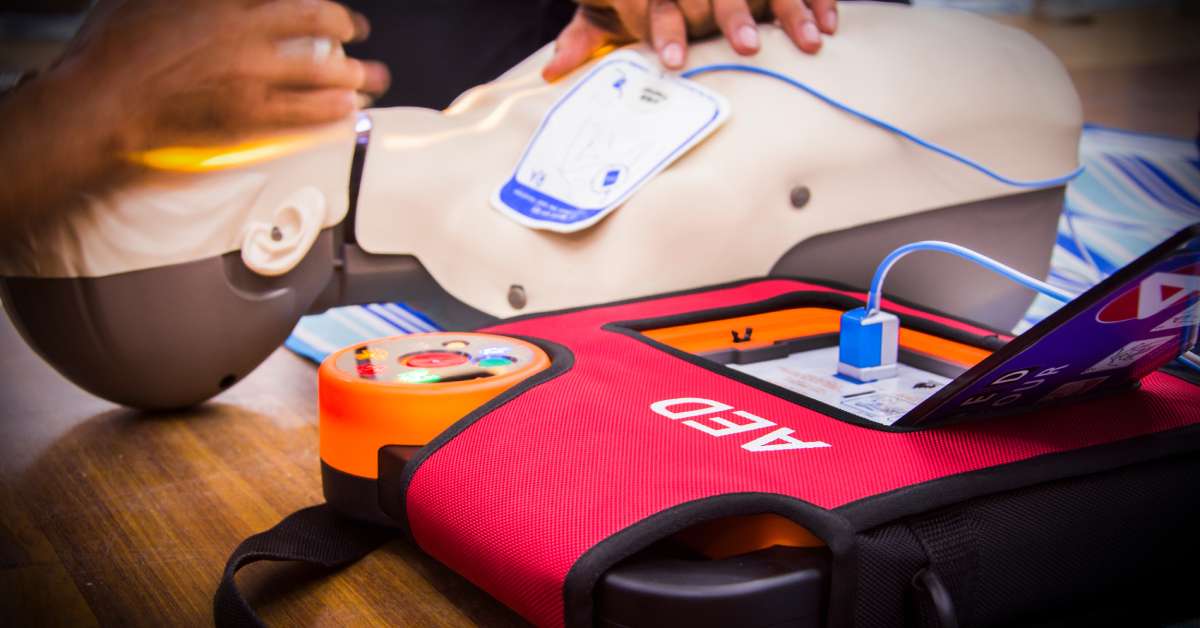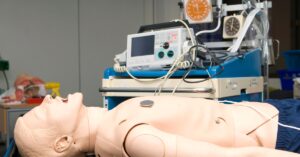In emergencies, every second counts. Unfortunately, misconceptions about CPR and AED use prevent people from taking action when it matters most. Knowing the truth about this life-saving procedure and piece of technology can empower medical professionals and the general public to save a life. Let’s start your journey to positive emergency impact by addressing misconceptions about CPR and AED use.
Misconception 1: CPR Requires a Medical Background
Many people believe only trained medical personnel can perform CPR. That’s not true at all! Anyone can receive CPR/AED training; the goal of CPR involves maintaining blood flow to the brain until professional help arrives. By understanding the basics of CPR through training, anyone can aid in an emergency.
Misconception 2: AEDs Can Cause Harm
Some people are wary about using an automated external defibrillator (AED) because they don’t know how to use it and think they might harm the victim. In anticipation of this, AEDs have clear instructions for anyone to follow step-by-step. These devices are safe for bystanders to use in emergencies and must undergo rigorous testing before being installed in public spaces. The AED assesses heart rhythms and delivers shocks when the device deems it necessary and the user administers it.
Misconception 3: CPR Always Saves Lives
While administering CPR could improve a victim’s chance of survival, it is not a guarantee. Keep in mind that this is not because of lack of experience! Even the most advanced medical care providers may lose a victim. For the most part, the primary function of CPR is to sustain blood circulation and oxygen delivery until advanced care takes over.
Misconception 4: Only Adults Need CPR
CPR works on more than just adults. Children, infants, and seniors require it, too. However, each demographic calls for technique adjustments due to their different physiological needs. The basic principles remain consistent, but methods vary. One of the things to know about performing CPR on the elderly is that you need to prepare for the chance you cannot revive the person. Setting yourself up for the unexpected will help you respond effectively to an emergency.
Misconception 5: AEDs Replace CPR
AEDs complement CPR but cannot replace it. These devices track heart rhythms and administer shocks, while CPR maintains blood circulation until the heart resumes a stable rhythm. Using both together provides the best outcome in cardiac emergencies.
Learn More About CPR and AED Myths With CPR123
Learn these vital skills to dispel myths and empower yourself or your team. CPR123 offers AHA ACLS courses that combine education with interactive experiences. This course equips participants with knowledge so they can debunk misconceptions about CPR and AED use.
Your next steps? Get informed and take action! CPR123 is your go-to for developing CPR and other life-saving skills. Whether you’re a medical professional or a concerned citizen, understanding and addressing misconceptions about CPR and AED use can transform potential hesitation into confident actions.







